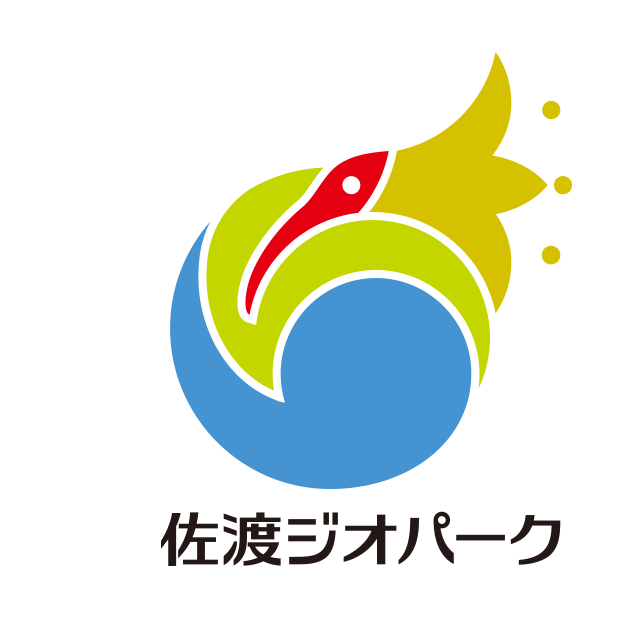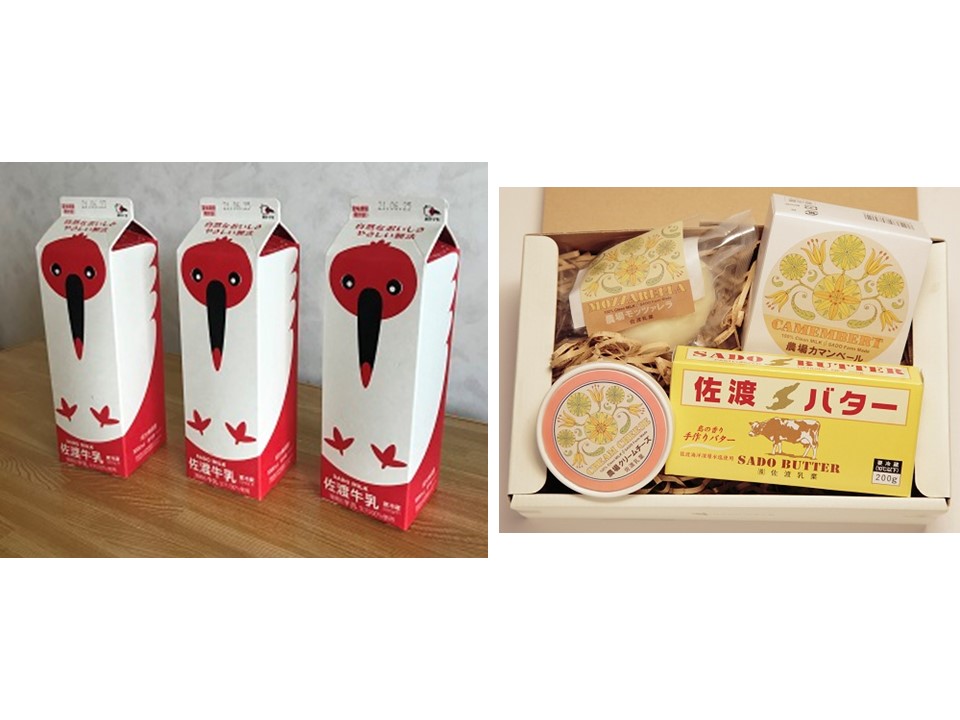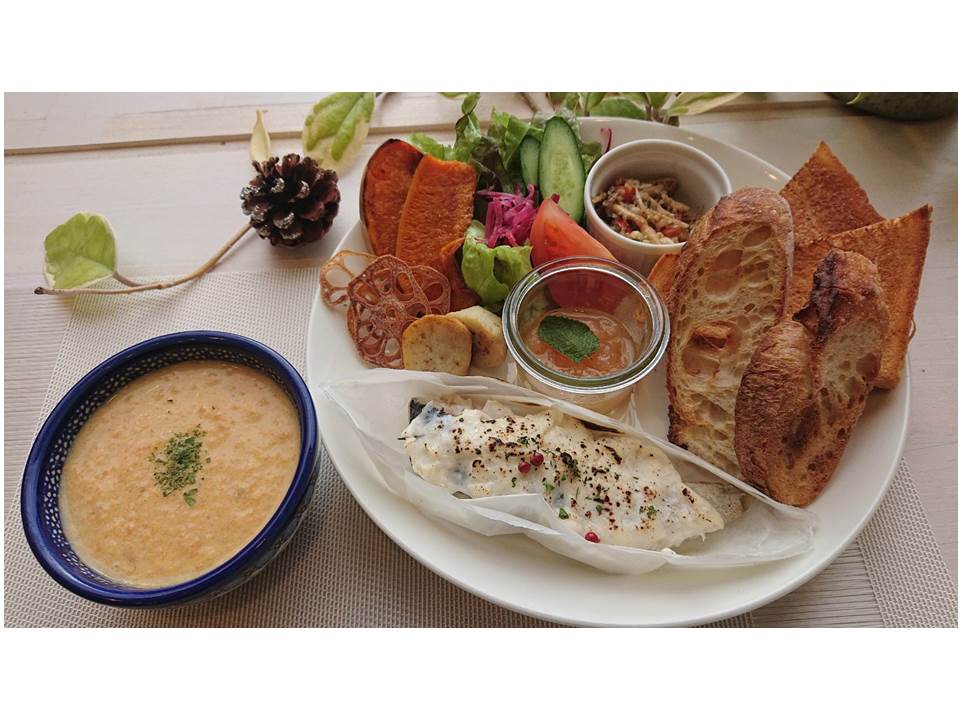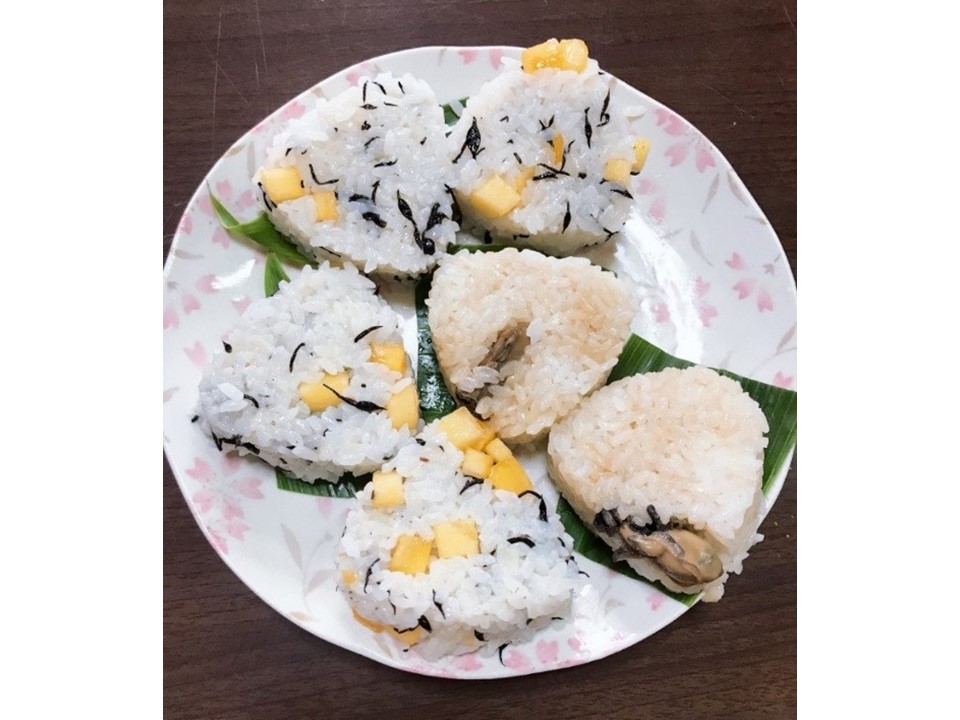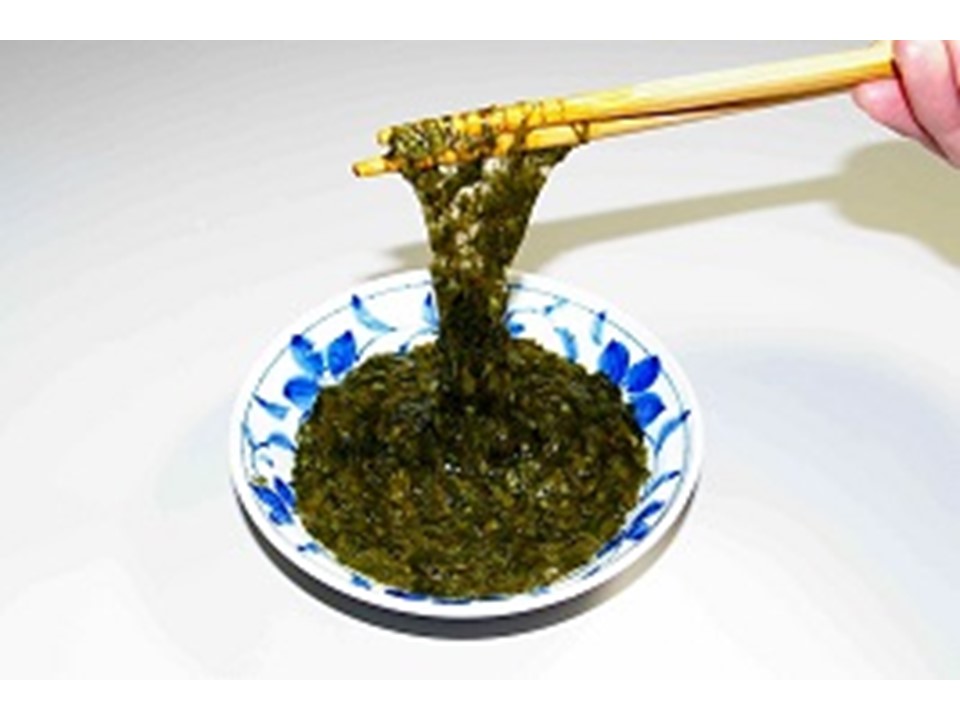Sado Island Geopark Foods
Here, you will find local specialties with a connection to the history of Sado Island, its natural environment, and its inhabitants' lives. Of course, we will talk about the history of Sado Island Geopark.
We invite you to enjoy these Sado Island Geopark foods.
Sado Milk, Butter and Cheese
The Origins of Sado Milk, Butter and Cheese
The history of dairy farming on Sado Island dates back to around 1879-1880. Sansuke Komabayashi, the head of the Aikawa gold and silver mines at the time, was the first to try pasture grazing dairy cows on Sado. Pasture grazing became popular in some places on Sado such as Mt. Donden. It has since fallen out of practice. Instead, before the rice is ready for harvesting, some stalks and leaves are cut to use as feed for dairy cows at farms on the Kuninaka Plain and coastal terraces. This has become the main method of rearing dairy cows. Although not raised on large grassy pastures like in Hokkaido, dairy farming on Sado Island is a resource-recycling style of farming linked to rice cultivation.
Characteristics
Sado milk is packaged in a carton with a design of a Toki bird, a Japanese crested Ibis. Some say that Sado milk has a flavor similar to that of raw milk. It is said to be a “safe and secure milk,” and is branded with the Niigata Prefecture Livestock Association certification as “Clean Milk” from Safe Livestock Production Farms. Skilled artisans make butter and cheese from Sado milk with a balance of sweetness and aroma. Sado milk, butter and cheese are also considered good for cooking and baking.
